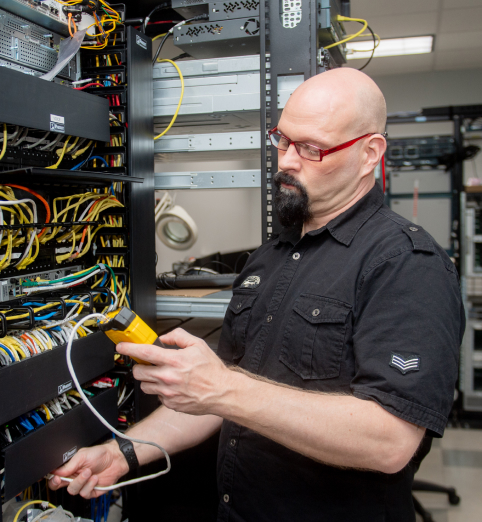Why shifting away from OEM support contracts is a better business decision
In the twenty-first century, it’s safe to say that IT hardware has become a commodity. In fact, an influx of new equipment models floods the market seemingly on a daily basis. However, with technology companies focused on new technology, what does it mean for IT organizations tasked with maintaining the status quo?
Though I have never met anyone in IT who wouldn’t like the latest and greatest pieces of hardware to add to their company’s arsenal of gear, the reality is that swapping out slightly old for brand new isn’t exactly the most prudent financial approach. Maintaining equipment to ensure that it continues to run is a reality that most of us must live with.
However, maintaining IT equipment for what many see as the long haul is, in fact, counter to that of the OEM market. Many equipment manufacturers have created a world in which replacing a piece of gear is, in many cases, cheaper than maintaining it—extended warranties being purposely priced too high for most to consider.
The reason? For manufacturers, inventory turnover is, by far, their most important goal. It represents the most profit with minimal effort and minimal infrastructure costs—nothing more than sales and shipping. Whereas the maintenance of IT hardware products translates into increases in an OEM’s own business infrastructure: everything from parts logistics and technicians in multiple geographic regions, to call center support, internal process management, service techs, and associated management platforms for warranty work—the list goes on.
Take all that into consideration and the customer is left with little to no choice—at least, so it would seem. However, in this particular case, OEMs are actually happy to pass the maintenance and support off to third-party companies. Although it may impact the bottom line as it pertains to net new sales, the offset of maintenance infrastructure costs paired with the potential of brand loyalty is worth the support of the after-market world.
For end-user customers, however, not all is created equal when it comes to a third-party maintenance and support provider. The issue that many will face comes down to three main categories: reachability, availability, and serviceability.
Reachability is the simple one. What’s the SLA structure that is offered? For instance, if you want 24/365 support, does the company offering that support have people answering the phones all day, every day? Additionally, do they have the right people answering the phones? Having someone take a call who has little to no idea what type of gear one is referring to will have more of a negative impact on support than a positive one. When choosing a third-party support company, make sure the techs are actually certified engineers.
Second, availability is paramount. If a part needs to be replaced, where does that part actually reside? If it’s halfway around the world and five business days away, then the support offered does little to nothing in the case of an emergency. The lesson here is to make sure the parts are stocked within an acceptable geographic distance. And if that’s not an option, at least make sure the company offering support can supply alternatives, such as temporary replacements or on-site spares for high-failure hardware.
Finally, there is, of course, serviceability. The engineers that show up to repair, install, or run diagnostics on the company’s critical equipment need to be knowledgeable regarding the particular OEM. When deciding which third-party maintenance company to use for service, make sure you are asking the right questions. For instance, “Can you describe the on-going certification and education process of your service engineers? Will we have a dedicated primary engineer? Are your engineers trained in all aspects of IT hardware? Do they understand network infrastructure to ensure business integrity?” Asking your potential provider these questions, and ensuring their answers are true, will surely save your company the time, money—and potential downtime—you would otherwise risk as a result of working with unqualified service engineers.
In all, outsourcing third-party maintenance and support is a smart and economical decision to make. It can save an incredible amount of money by reducing all associated hardware costs, and it can lead to improved business continuity, resulting in a better brand experience for all. The moral here is simple: choose wisely.



